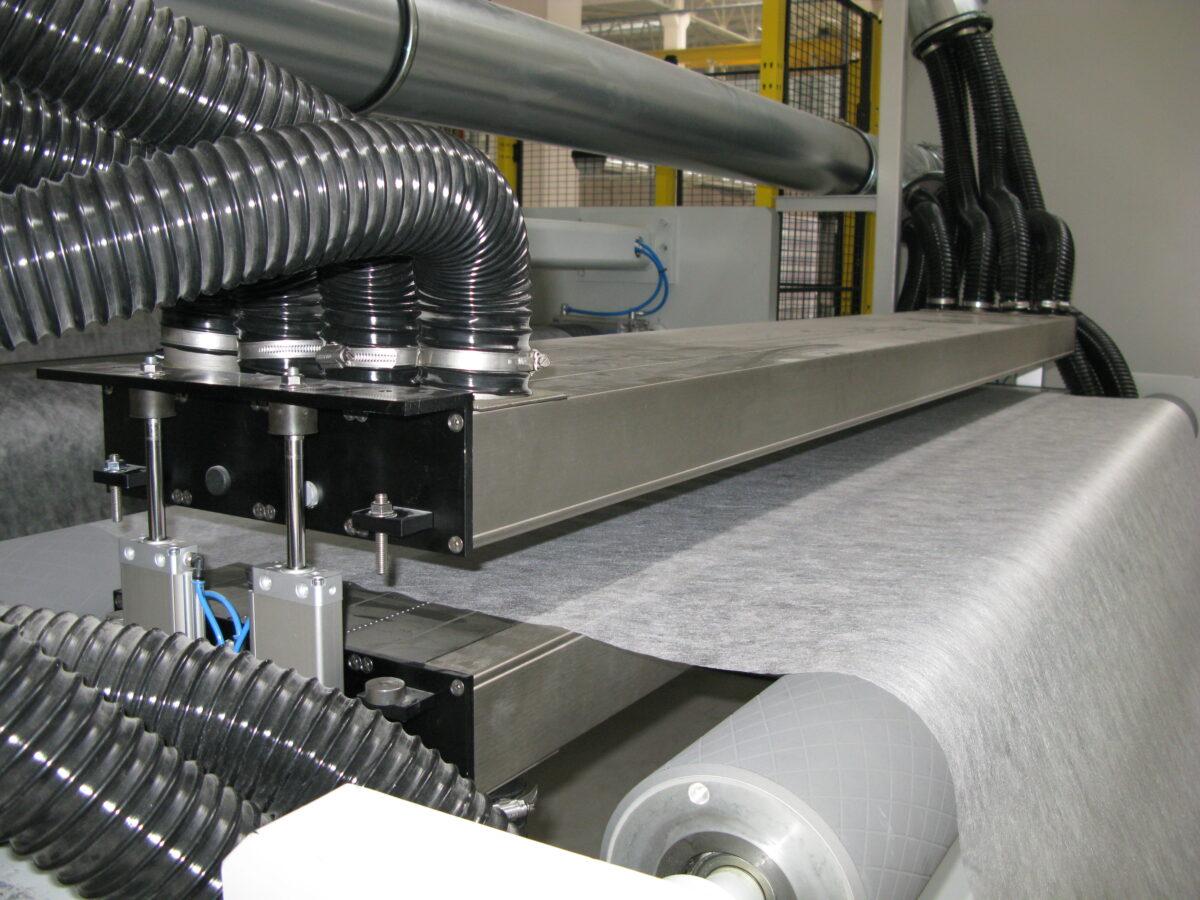The nonwoven industry is undergoing a profound transformation, driven by sustainability mandates, regulatory pressure, and evolving consumer expectations. Producers are shifting from purely plastic-based fibers toward natural and recycled alternatives.
This transformation opens up new opportunities for sustainable product innovation, but it also introduces significant technical challenges. One of the most pressing is the sharp increase in dust and fiber particles during production — an issue that demands reliable solutions if efficiency and quality are to be maintained.
Nonwovens are everywhere: in hygiene products such as wipes, diapers, and feminine care items; in medical textiles and surgical disposables; in filtration media for air and liquid systems; in automotive acoustic liners and underlays; in geotextiles, roofing and construction membranes; and even in packaging and agricultural fabrics. This breadth of application underscores how crucial it is to maintain consistent quality across varying nonwoven substrate types and production lines.
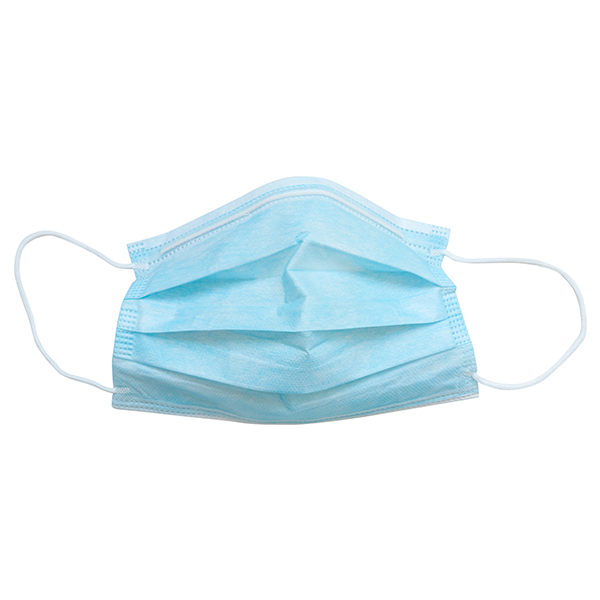
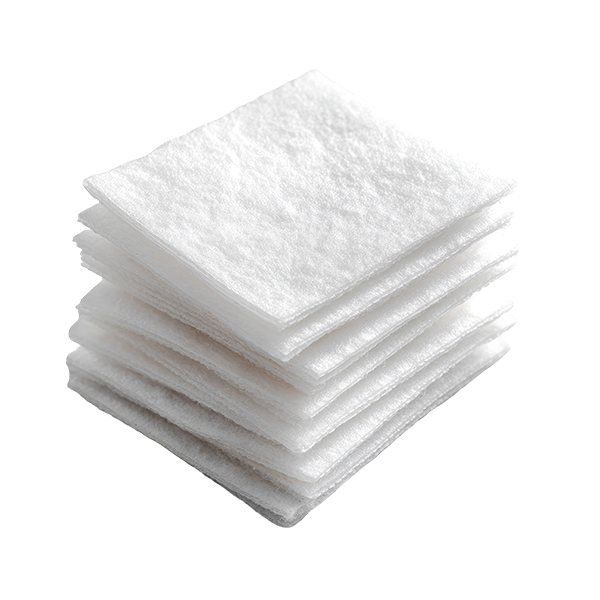
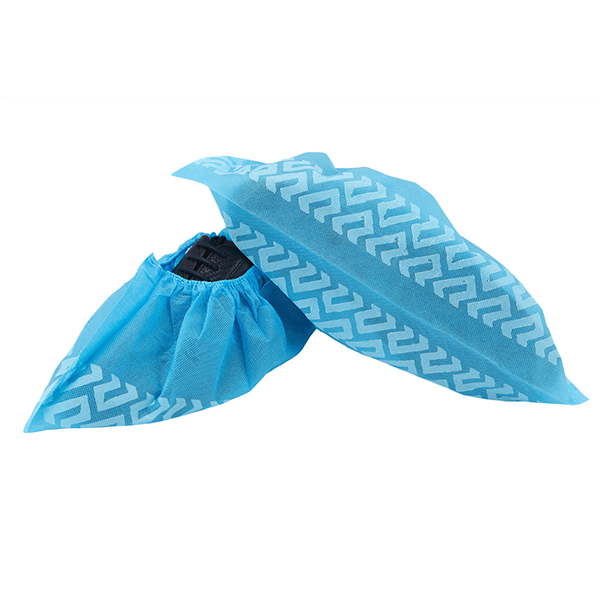
The data behind the shift
The industry’s trajectory is not merely visible in marketing or new product launches — it is backed by quantitative data from credible sources. In Europe, over 20 % of the approximately three million tonnes of fibers used in nonwoven production now originate from renewable sources such as wood pulp and cotton. In North America, natural fibers account for around a quarter of total feedstock and are steadily increasing in share.
At the same time, recycled fibers—particularly recycled PET (rPET)—are gaining ground. In North America, more than 25 % of polyester staple fibers used for nonwovens are now produced from recycled inputs, up from under 20 % just a few years ago. In Europe, manufacturers collectively handle more than 200,000 tonnes of rPET annually, with plans to expand that figure beyond 300,000 tonnes by mid-decade. On the consumer side, the shift is dramatic: in the UK, for instance, about 75 % of baby wipes sold today are marketed as plastic-free, made entirely from biodegradable plant fibers. Together, these figures make it clear that the transition toward natural and recycled fibers is not speculative — it is already a measurable, ongoing reality in the nonwoven sector.
Natural and Recycled Fibers: Challenge and Opportunity
Using terms like spunbond, spunlace, needlepunch, wetlaid, meltblown, and laminated nonwovens, we see that each nonwoven technology reacts differently under particle stress. Synthetic fibers such as polypropylene, commonly used in spunbond or meltblown processes, tend to generate lower debris because of their uniform filament structure. By contrast, natural fibers (e.g. bast fibers, cotton, bamboo, wood pulp) are porous, less uniform, and release more fines under mechanical stress. Recycled fibers complicate things further: mixed-grade rPET or reprocessed blends can contain residual impurities or non-uniform diameters, making them more prone to dust generation during web handling.
This has direct implications for web tension control, edge guiding, slit guides, and winding tension: higher levels of loose particles challenge cleanliness at critical points in the web path, especially near slitter knives or corona / treatment stations. For nonwoven producers, achieving sustainability goals must co-exist with maintaining process stability.
Without precise particle control, dust accumulation can contaminate guide rollers, clog sensors, degrade web edge quality, and shorten maintenance intervals. Ultimately, the benefits of natural or recycled fibers can be compromised by increased waste, downtime, and customer claims.
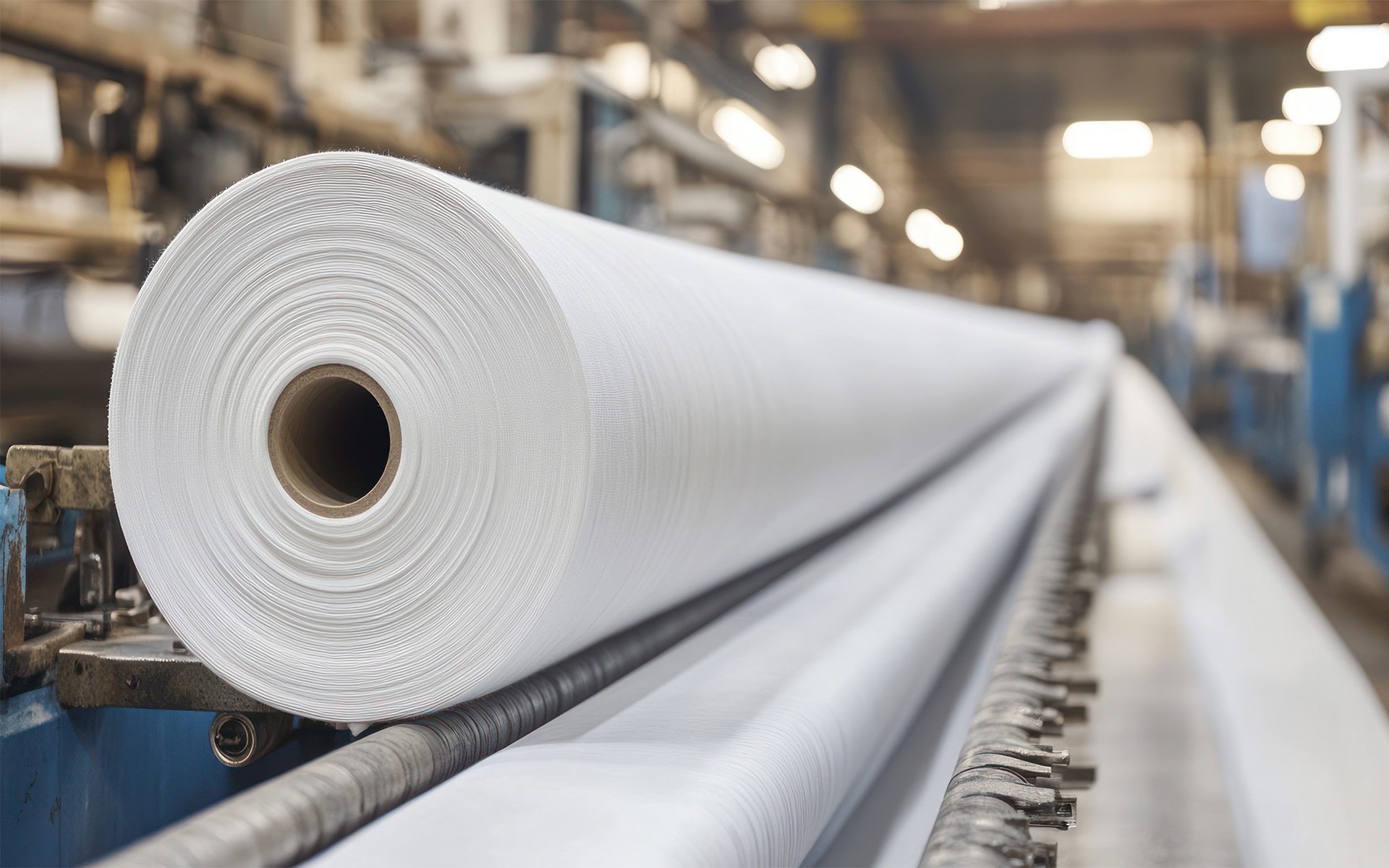
Web Cleaning: A Strategic Enabler in Modern Production
In this environment, web cleaning becomes more than a supplementary feature — it becomes a strategic technology. Modern, non-contact web cleaning systems remove particles at the source, preserving the integrity of delicate fiber structures while significantly lowering dust levels. Some systems boast dust reduction rates up to 90 %, even for challenging substrates. This allows production lines to operate longer between maintenance cycles, reduces defect rates, and substantially diminishes customer complaints.
In addition, improved air quality in the production environment enhances operator safety and helps companies comply with occupational health and environmental standards. Combined with automation via web tension control, edge guiding, and slit-to-register systems, web cleaning can be seamlessly embedded into modern converting and finishing lines. From an economic standpoint, integrated systems can deliver productivity gains, reduce rejects, and often pay back within a short timeframe — making them not just defensible, but essential in a market where sustainability, yield, and consistency must go hand in hand.
Case in Focus: Dust-Free Production in Large-Scale Converting
A leading nonwoven producer located in Southern Europe exemplifies how web cleaning can be pivotal when scaling natural-fiber production. More than ten years ago, this company adopted its first KELVA web cleaning system, achieving measurable improvements in productivity and quality.
When the producer expanded into natural fiber nonwoven lines, dust emissions increased dramatically on a newly installed slitter/rewinder/converting line processing jumbo rolls up to three meters in width. Dust formation was especially severe at the slitting stage, where blade-edge shear and web tension transitions create turbulence. Conventional cleaning strategies failed to keep pace.
To remedy this, a second KELVA web cleaning module was installed immediately after the slitter section, where the dust shedding is highest. The impact was clear: the system’s filter bins need to be emptied every second day, reflecting the volume of particulate matter eliminated before it could infiltrate downstream units. Most crucially, ever since this second installation was commissioned, customer complaints dropped to zero. What had been a persistent quality risk now stands as a demonstrator of stable, clean, sustainable production under demanding natural fiber processing conditions.
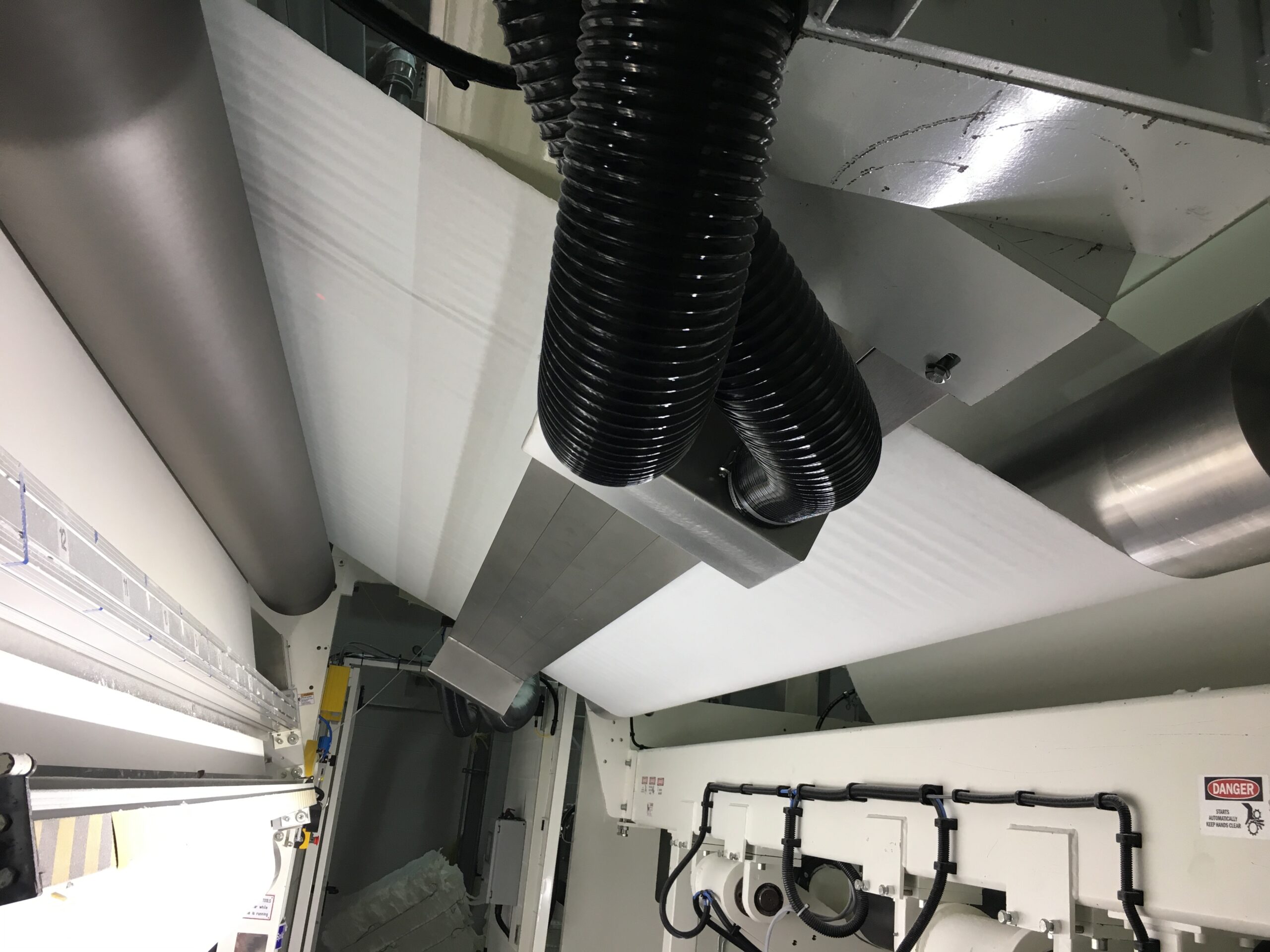
Outlook: Harmonizing Sustainability and Reliability
The global nonwoven industry is unmistakably shifting toward natural and recycled fiber bases. That shift is being quantitatively validated by rising shares of bio-based fiber and rPET use in major markets. Yet that transition also imposes greater demands on process control, especially concerning dust management, web handling, and contamination mitigation.
Web cleaning is no longer optional — it is a foundational technology that enables high performance in the age of sustainable nonwovens. By ensuring clean webs, consistent quality, and reduced defects, it allows manufacturers to fully harness the environmental advantages of new materials without sacrificing reliability or throughput. In doing so, web cleaning bridges the gap between ecological responsibility and industrial excellence.
contact
Our experts will be happy to help you. Get in touch with us!
